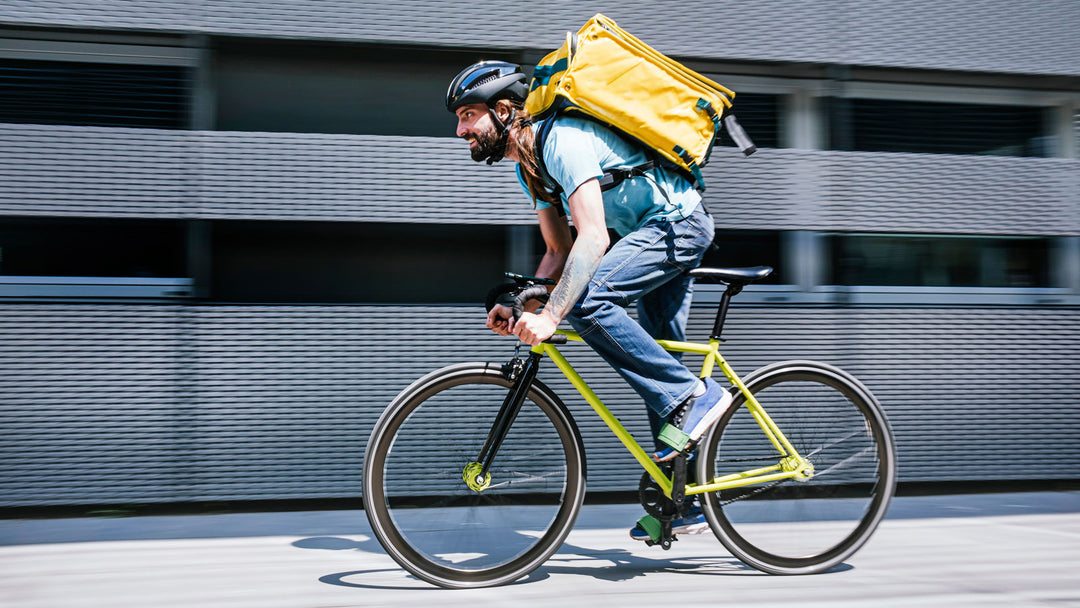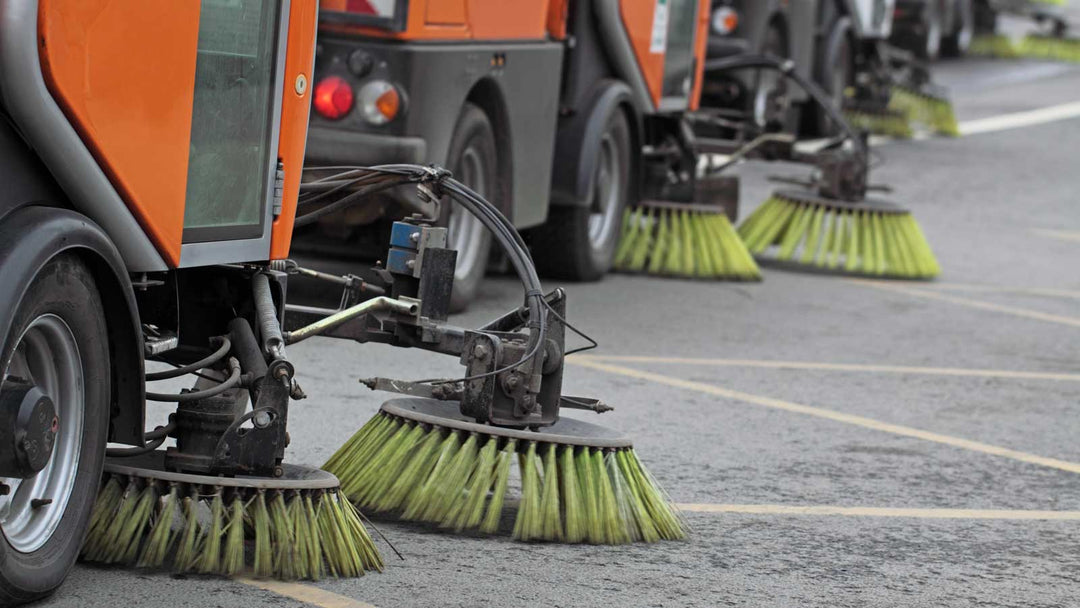How to Calculate Your Caloric Needs for Different Types of Rides
How to Calculate Your Caloric Needs for Different Types of Rides
Introduction
When embarking on cycling adventures, understanding how many calories you need can make a significant difference in your performance and overall enjoyment. Whether you're planning a leisurely ride through the park, a challenging mountain bike excursion, or a competitive road race, knowing your caloric requirements will help you fuel appropriately. This guide will walk you through the steps to calculate your energy needs for various types of cycling activities.
Understanding Caloric Expenditure in Cycling
Caloric expenditure in cycling varies based on several factors including ride intensity, duration, rider's weight, and environmental conditions. Here’s how these elements influence the calories you burn:
Ride Intensity
- Low intensity (leisure riding): Requires fewer calories per hour.
- Moderate intensity (steady, comfortable pace): Increases caloric needs.
- High intensity (racing or vigorous effort): Maximizes caloric expenditure.
Ride Duration
- Short rides (under an hour): Generally, require less total caloric intake.
- Long rides (several hours): Significantly increase total caloric needs.
Rider's Weight
Heavier riders generally expend more calories than lighter riders due to the increased energy required to move more mass.
Environmental Conditions
Riding in extreme conditions, such as high heat or cold, can also alter caloric needs.
Calculating Your Caloric Needs
To effectively plan your nutrition for different rides, follow these steps:
Step 1: Determine Your Basal Metabolic Rate (BMR)
Calculate your BMR using the Harris-Benedict Equation. This calculation considers your age, gender, height, and weight to estimate how many calories you burn at rest.
Step 2: Estimate Activity Level
Add calories based on the intensity of the cycling activity using these general guidelines:
- Light cycling (10-12 mph): Approximately 400-500 calories per hour
- Moderate cycling (12-14 mph): Around 600-700 calories per hour
- Vigorous cycling (15-20 mph or more): Can exceed 800-1000 calories per hour
Step 3: Adjust for Duration
Multiply the hourly rate by the number of hours you plan to ride. Consider adding an extra 10-15% more calories for rides longer than two hours to account for sustained energy output.
Step 4: Factor in External Conditions
Adjust your caloric intake based on weather conditions and terrain. Add approximately 5-10% more calories for hot or cold weather riding, and an additional 10-20% for mountainous or very rough terrain.
Practical Tips for Ride Nutrition
- Pre-Ride: Eat a balanced meal rich in carbohydrates and protein about 2-3 hours before your ride.
- During the Ride: Consume small, frequent snacks or drinks to maintain energy levels.
- Post-Ride: Replenish with a meal or snack containing protein and carbohydrates within 30 minutes after finishing to aid recovery.
Conclusion
Calculating your caloric needs for different types of bike rides is crucial for optimal performance and recovery. By understanding and applying these guidelines, you can ensure that you are properly fueled for whatever cycling adventures lie ahead.
> "Fueling correctly for your ride helps enhance performance, endurance, and enjoyment."
Remember to adjust these estimates based on personal experience and specific ride conditions. Listen to your body, and modify your intake as needed.
Call to Action
Ready to take your cycling to the next level? Keep track of your rides and adjust your nutrition strategy accordingly. For more cycling tips and nutrition advice, read more here on our blog!






